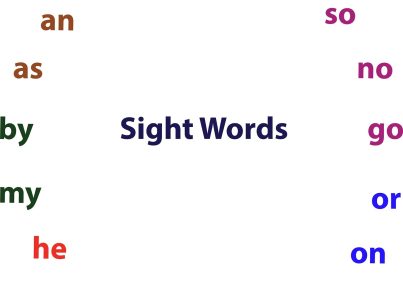Introduction
Reading guides are essential tools for students and teachers alike. These guides can significantly improve the way we approach, understand, and retain information from texts. This article will explore the benefits of reading guides, their various types, and how they can be effectively implemented in educational settings.
Benefits of Reading Guides
1. Enhanced comprehension: Reading guides help students focus on key points in a text, enabling them to better understand the material and grasp its core concepts.
2. Improved critical thinking skills: As students are prompted to question, analyze, and make connections between ideas, their critical thinking skills are sharpened.
3. Increased engagement: Students are more likely to be invested in a text when they actively process the information using a structured approach provided by reading guides.
4. Adaptability: Reading guides can cater to different learning styles and abilities, ensuring that every student has an equal opportunity to succeed.
5. Streamlined teaching process: With reading guides providing a clear structure for students to follow, teachers can save time on lesson planning and focus on supporting their students’ learning needs.
Types of Reading Guides
1. Pre-reading Guides: These guides help prepare students for what they will encounter in a text by providing focus questions or an overview of the material.
2. During-reading Guides: These guides break down complex passages or chapters into smaller sections with prompts to aid comprehension as the student reads.
3. Post-reading Guides: Summarizing questions or reflection activities included in these guides help students reinforce what they’ve learned and assess their understanding of a text.
4. Vocabulary Guides: By focusing on new or unfamiliar words in a text, vocabulary guides help expand students’ word knowledge and improve overall comprehension.
Implementing Reading Guides in the Classroom
1. Assess your students’ needs: Determine the specific challenges your students face when reading texts and use this information to design targeted guides.
2. Provide clear instructions: Explain the purpose of reading guides and teach students how to use them effectively.
3. Encourage active reading: Train students in techniques such as note-taking, underlining, and annotation to help them engage with the text.
4. Be flexible and adaptable: Modify reading guides as needed to better suit your students’ evolving learning needs.
5. Evaluate progress: Regularly assess students’ comprehension levels and adjust your teaching strategies accordingly.
Conclusion
Reading guides are powerful tools that promote engagement, comprehension, and critical thinking for both students and teachers. By implementing reading guides in the classroom, teachers can provide differentiated instruction tailored to their students’ needs while ensuring active participation in the learning process. If used consistently and thoughtfully, reading guides can significantly enhance the educational experience for all involved.




